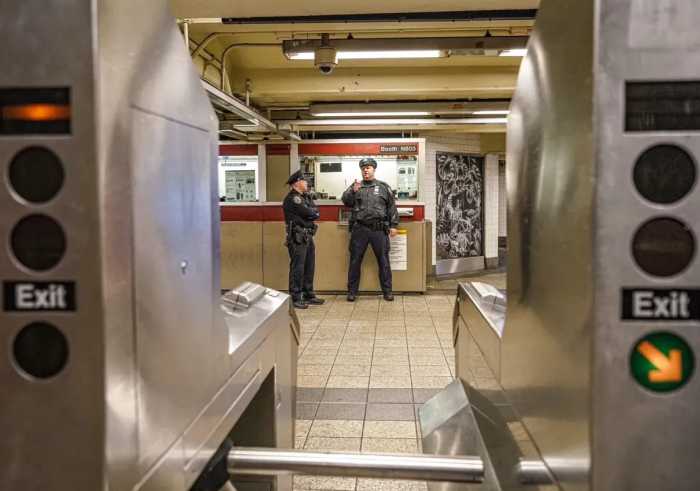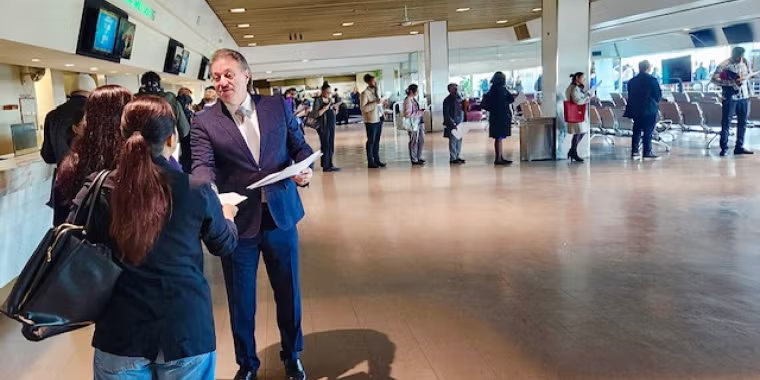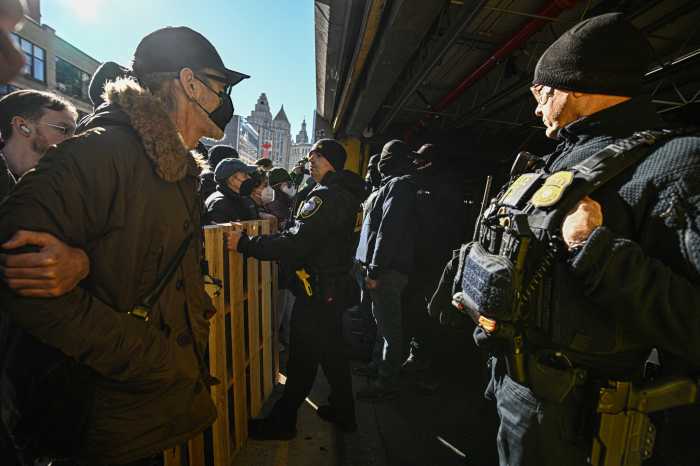Updated on June 22, 4:50 p.m.
Mayor Bill de Blasio announced in March that he would begin to take steps to shut down Rikers Island and on Thursday, he released a 53-page plan to outline his next steps.
“Smaller, Safer, Fairer: A roadmap to closing Rikers Island” describes the mayor’s plan to close the violence-plagued prison and replace it with a network of smaller jails in the boroughs.
“We are not offering a quick fix. Rikers Island cannot be closed overnight,” De Blasio wrote in a letter. “It will require the work of many – city and state criminal justice agencies, elected officials, prosecutors, defenders, courts, program providers, New Yorkers and their communities – to ultimately close Rikers Island. This will be a long and difficult path.”
Before officially closing the prison, the city will focus on reducing the prison population. Currently, there are an average of 9,400 people in city jails but there is only room for 2,300 in borough facilities. The city plans to reduce that population to about 7,000 in five years and eventually reaching 5,000 before it closes Rikers Island.
To do that, a Justice Implementation Task Force with city and state officials will be created to implement certain programs and initiatives. Elizabeth Glazer, director of the Mayor’s Office Criminal Justice, and Zachary Carter, Corporation Counsel of the City of New York, will chair the task force.
For example, to make Rikers Island smaller, they city will work to make it easier to pay bail; replace short jail sentences with programs that reduce recidivism; reduce the number of women and people with behavioral health needs in city jails; expand pre-trial diversion to allow more defendants to wait for trial in the community instead of in jail; and more.
Starting in July, the city will invest $3.5 million per year in new programs in the Bronx, Brooklyn and Manhattan to reduce the number of people held in jail for 30 days or less. Judges will be able to sentence people to programs such as community service, transitional employment, case management and behavioral health treatment.
Money will also be invested into decreasing the number of women in jail. Every year, approximately 510 women who are homeless are admitted to city jails.
To make city jails safer, the city plans to use the more than $1 billion in the city’s capital plan to make improvements to all city jails, triple the number of housing units designed for individuals with serious mental illness, build a new training academy for correction officer training and implementing full camera coverage in all city jails by the end of 2017.
Lastly, the city aims to make the culture in city jails “fairer” by offering everyone in city custody five hours per day of education, vocational and therapeutic programming by the end of 2018, providing reentry support and transitional employment programs, improving visiting hours and better support for correctional officers including peer mentoring and services to help deal with distress and trauma.
“For far too long, both inmates and corrections officers at Rikers Island have lived through an untenable situation,” said Congressman Joe Crowley. “Shutting down this outdated facility in favor of smaller, more modern and humane facilities is a complex endeavor but the absolute right thing to do.”
Some are arguing that the 10-year timeline is too long and steps can be taken to shut down the jail sooner.
“The mayor’s ‘plan’ barely expands supervised release, abdicates responsibility for the siting of new jails, and is overly reliant for keeping people out of jail on an updated ‘flight risk’ assessment tool that currently does not even exist,” said Queens Councilman Rory Lancman. “Let there be no doubt: New York City can close Rikers Island in less than 10 years, if we have the leadership and political will required to do so.”
Glenn E. Martin, president and founder of JustLeadershipUSA and member of the task force originally tasked with finding improvements to the city’s criminal justice system, argues that “10 years is way too long.”
“Many of the barriers to speedy closure are not questions of feasibility or affordability, but of political will, and thus far the mayor has been nothing short of unwilling,” Martin said. “He has been reluctant to work with oppositional voices, even when they are the very people who have been most harmed by his policies. If de Blasio is truly committed, action will begin now.”
To view the full report, click here.




































